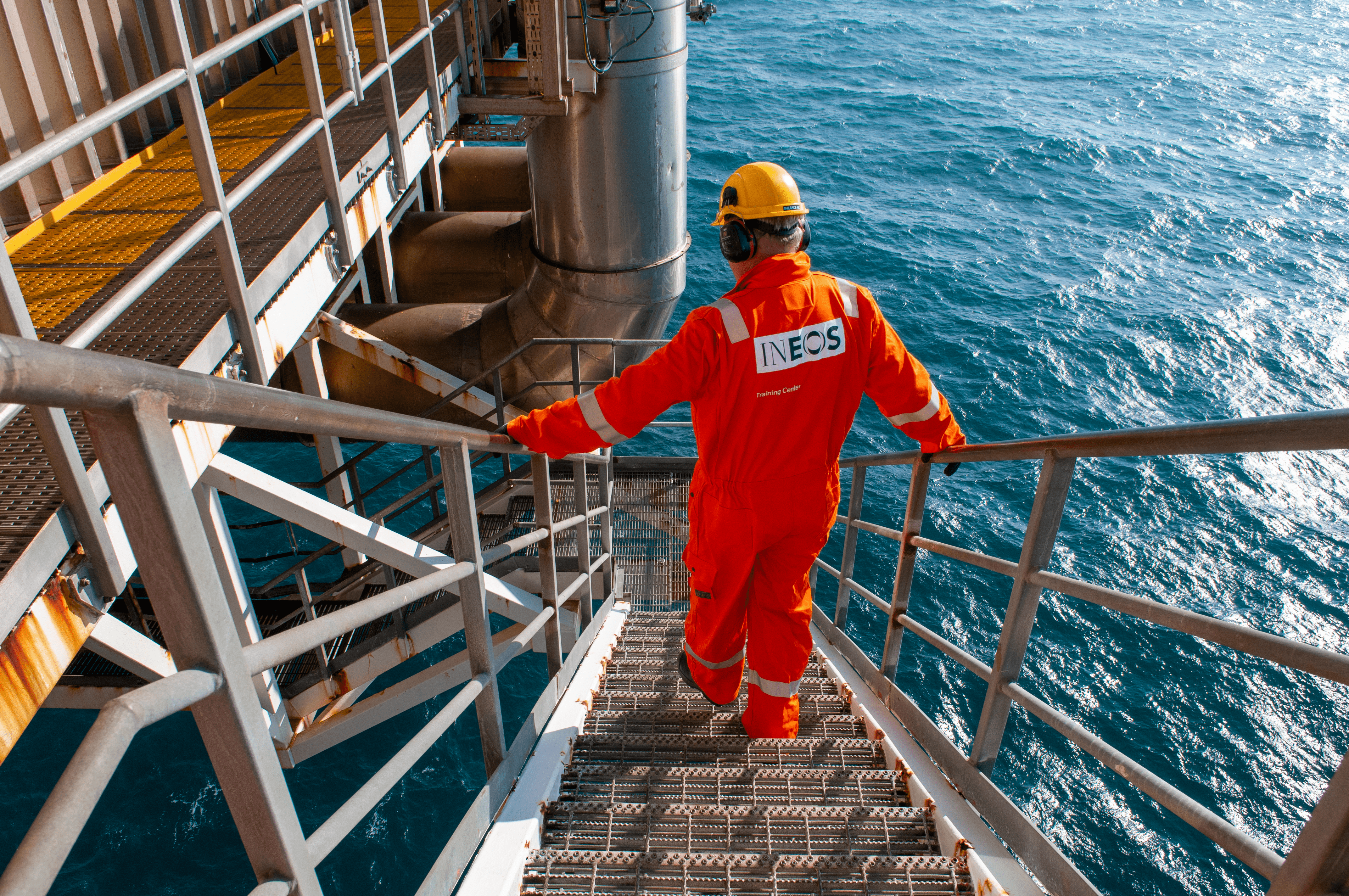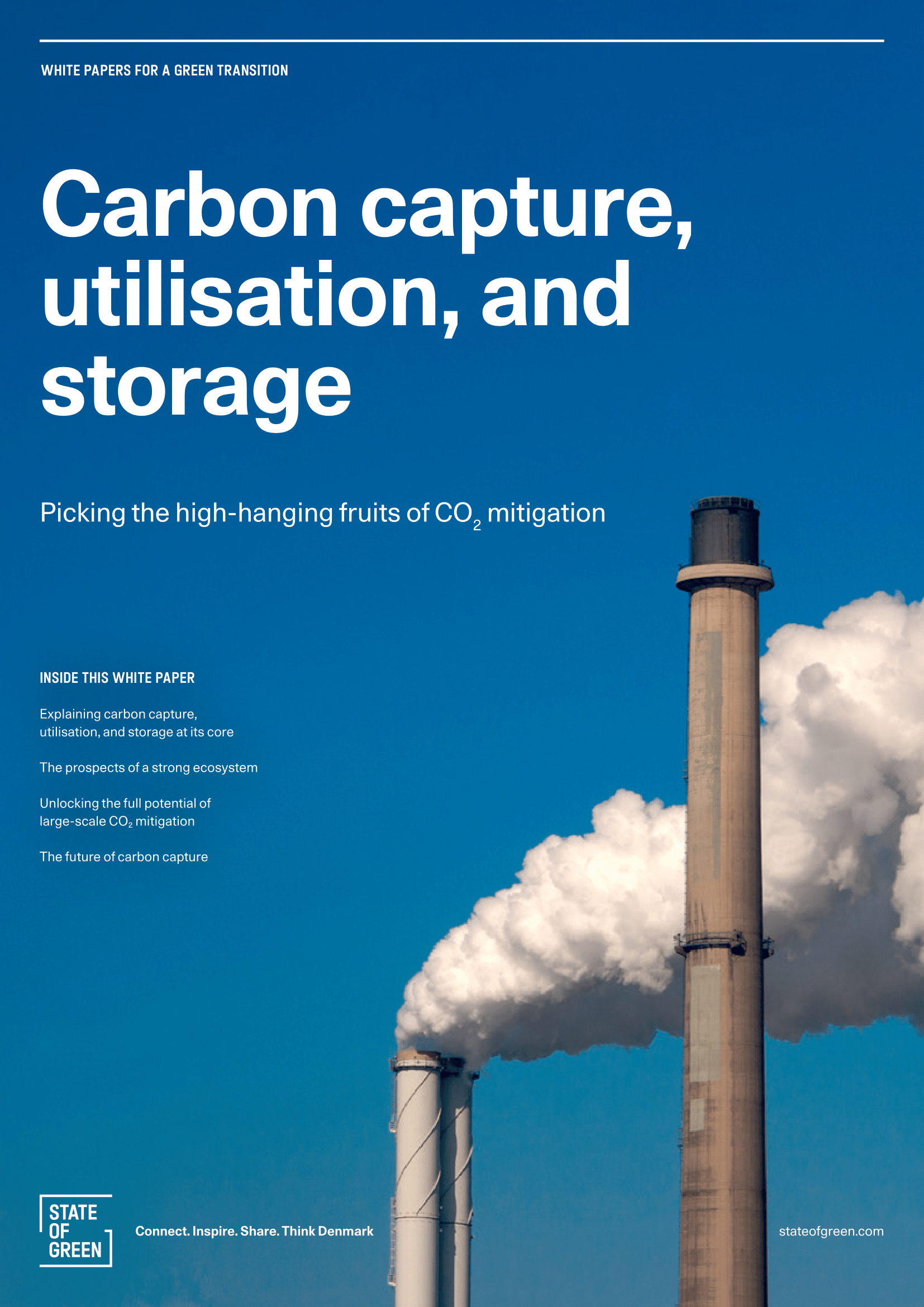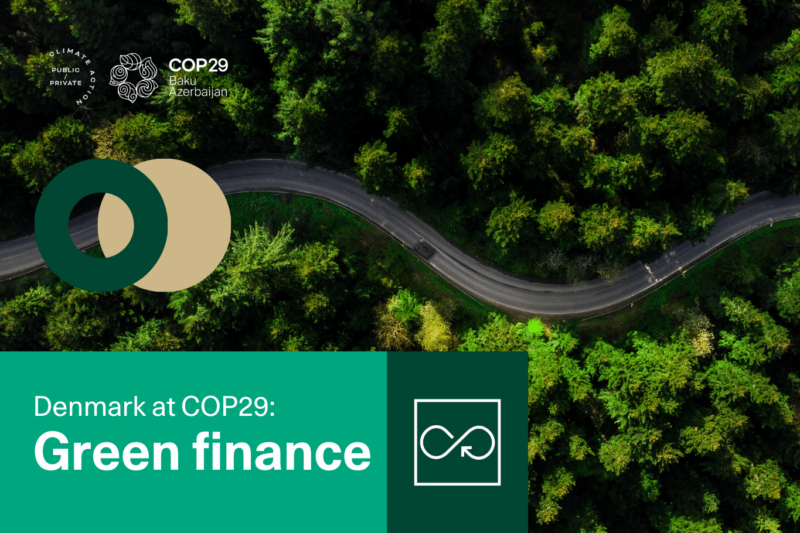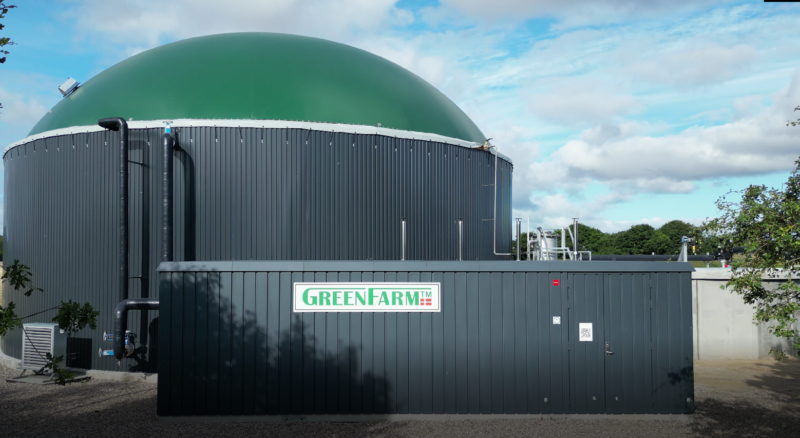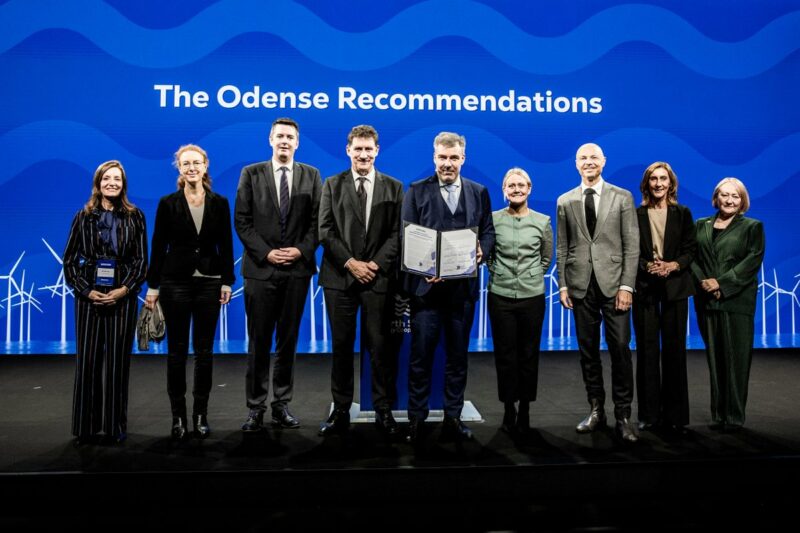Capture and storage (CCS) or capture and consumption (CCU) of carbon emissions is expected to play a significant role in meeting Denmark’s climate goals, and in 2021 the Danish Energy Agency conducted an analysis of the potential for capture of CO2 from point sources in Denmark. The Danish Energy Agency is now publishing an updated report – “Point sources for CO2 – potentials for CCS and CCU”, where the total technical potential in 2040 is calculated to be 5.4 – 10.8 million. ton.
The new analysis increases the expected possible catch potential in 2040 by approx. 1 – 2 million tonnes compared to the calculation from 2021. The increase in catch potential is primarily due to the fact that in some sectors new methods have been used to calculate the potential. In addition, the new calculation is based on larger emissions. The biggest contributions to the increase in capture potential come from the electricity and district heating sector and the industrial sector.
The analysis includes CO2 emissions from point sources, such as chimneys, within electricity and district heating production, industry and biogas. This is a gross potential, which means that emissions that, for example, are planned to be used for Power to X, or which are expected to be used as part of state support schemes for CCS and CCU, are not deducted from the potential.
The report is published in the wake of a couple of big weeks for CCS in Denmark. On Monday 6 January Climate, Energy and Supply Minister Lars Aagaard gave the first permits in Danish history for large-scale CO2 storage in the Danish part of the North Sea. TotalEnergies and a consortium consisting of INEOS & Wintershall received the permits, which come into effect in 2025. It is expected that up to 13 million tons of CO2 annually can be pumped into the underground by 2030.
